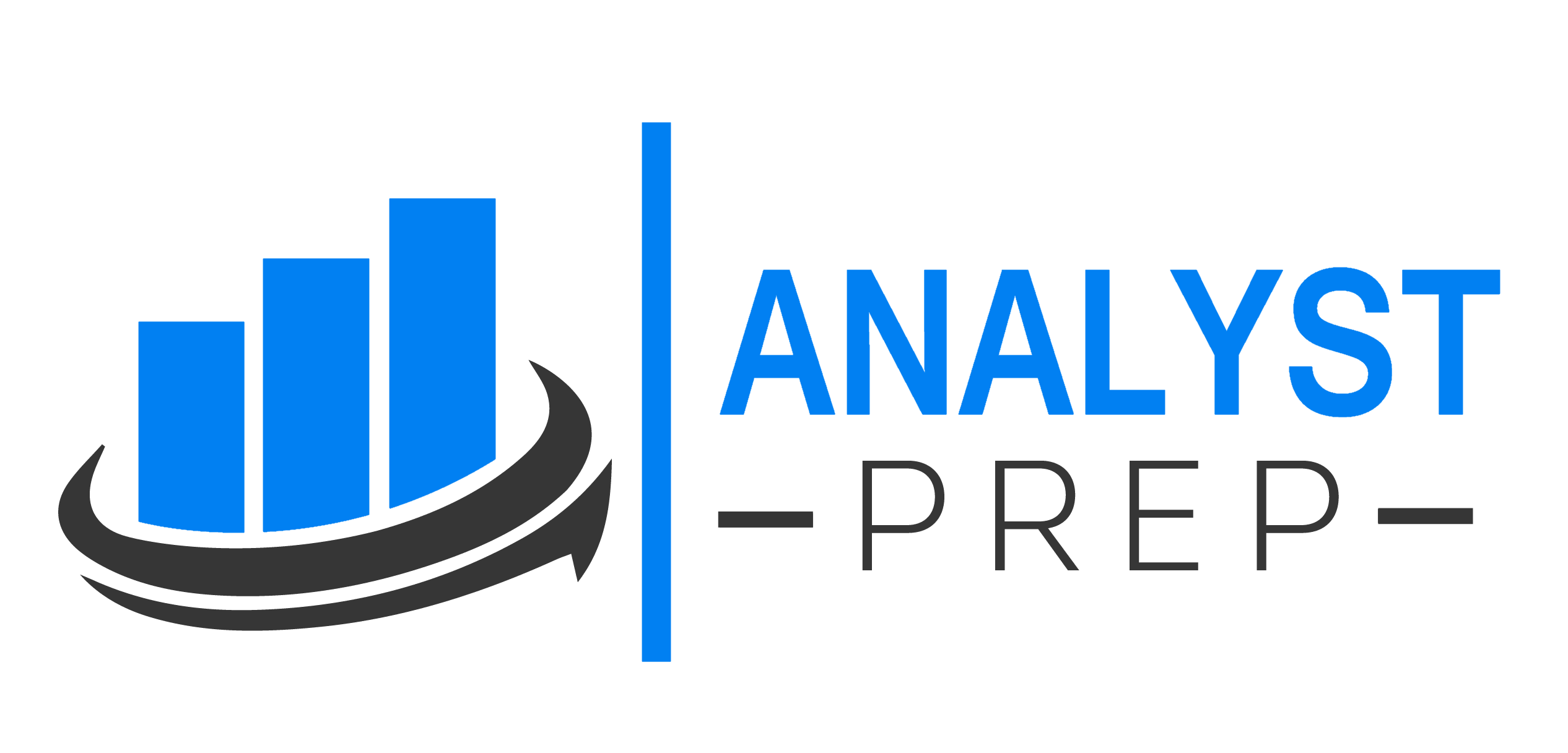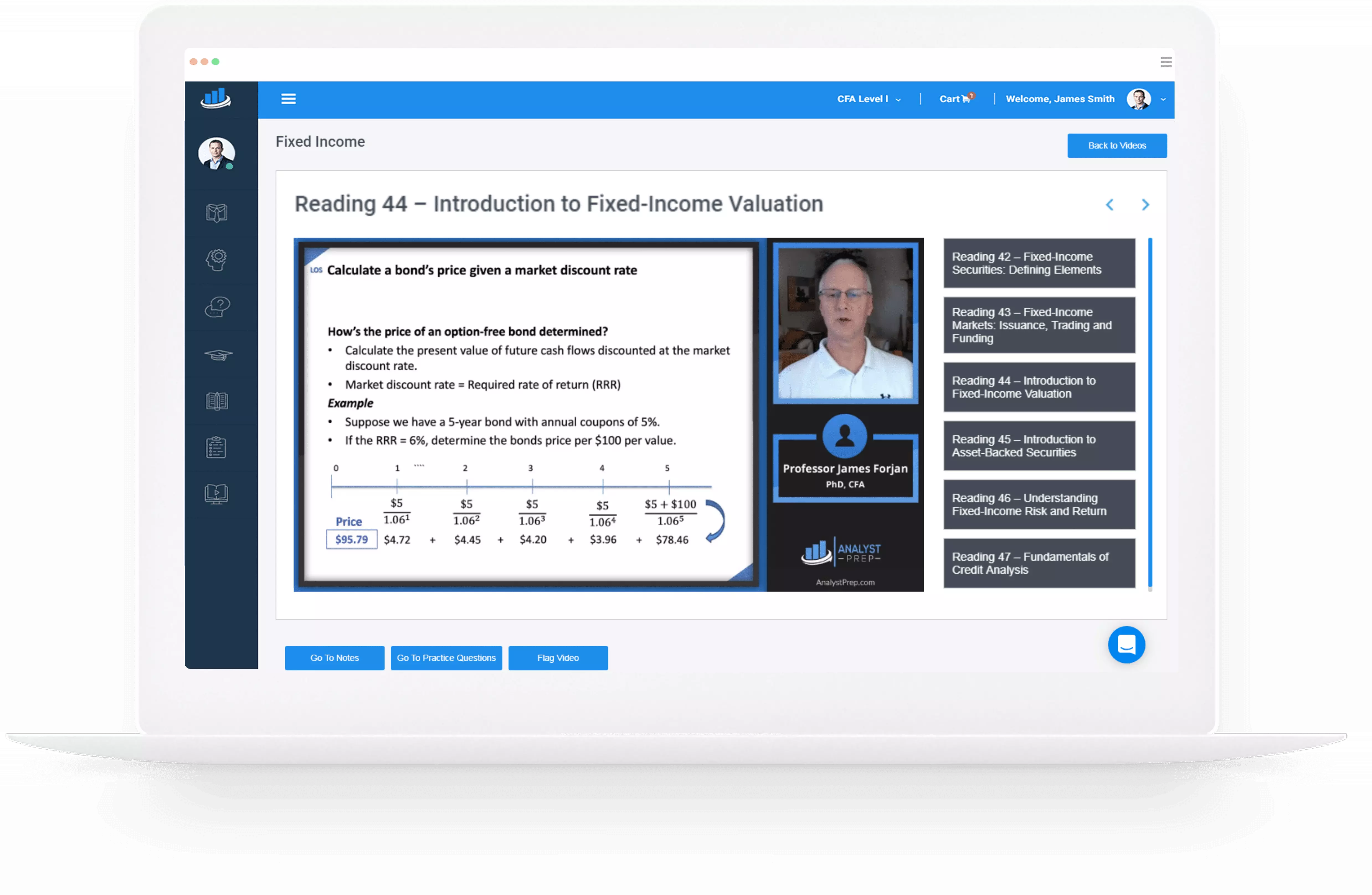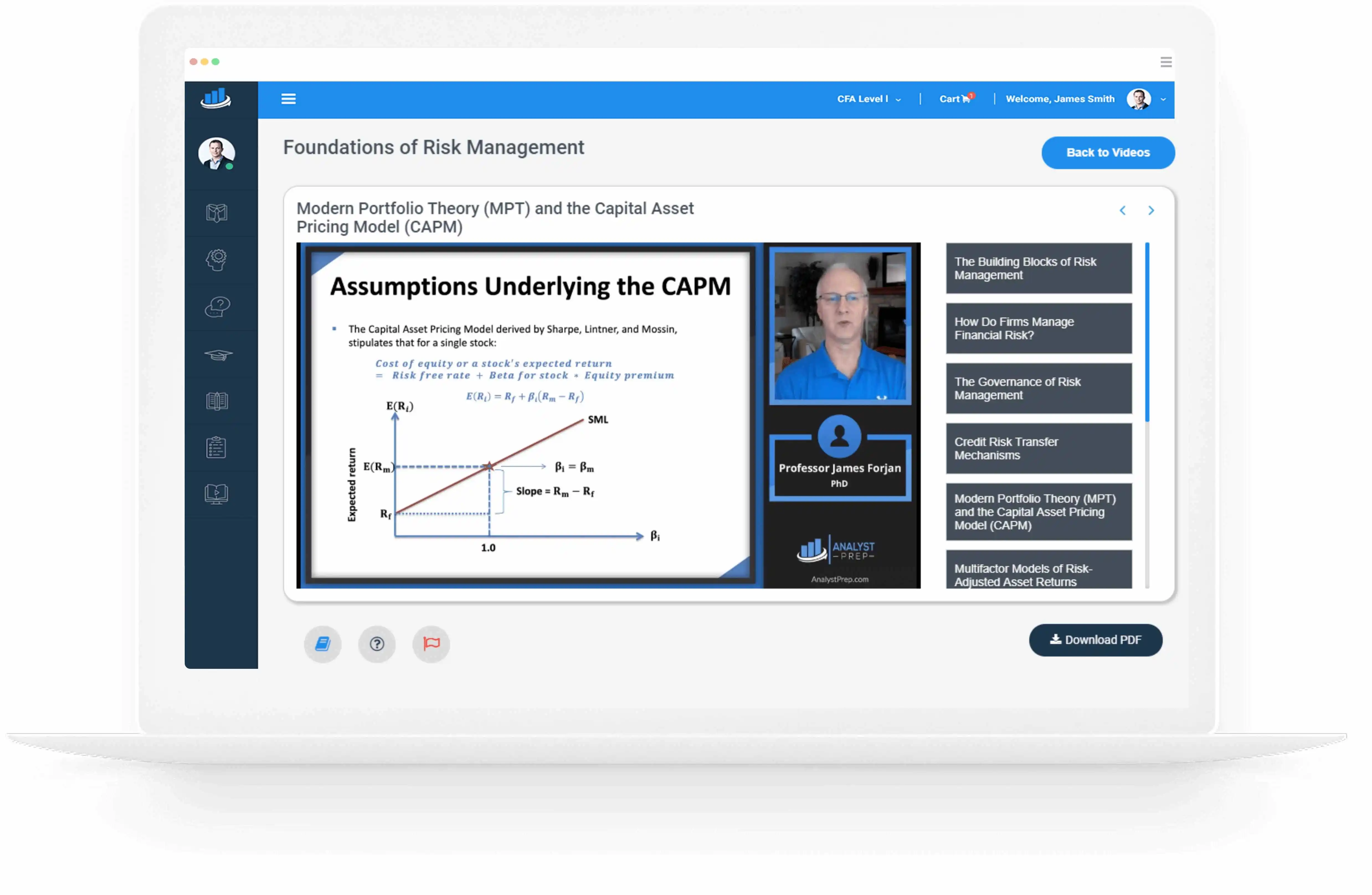Factors Affecting Long-run Equilibrium Under Each Market Structure
[vsw id=”PBMOxv2e3QU” source=”youtube” width=”611″ height=”344″ autoplay=”no”] A firm is said to be at equilibrium if the marginal cost (MC) is equal to marginal revenue (MR), and that is the profit-maximizing level of output. Perfectly Competitive Markets In the long run,…
Solving Counting Problems through Labeling, Factorial Notations, Combinations, and Permutations
[vsw id=”hu47ZbsskEw” source=”youtube” width=”611″ height=”344″ autoplay=”no”] Counting problems involve determination of the exact number of ways two or more operations or events can be performed together. For instance, we might be interested in the number of ways to choose 7…
Introduction to Probability Distributions, Probability Functions, and Types of Variables
[vsw id=”KbEfz3KiJDo” source=”youtube” width=”611″ height=”344″ autoplay=”no”] Probability Distribution The probability distribution of a random variable “X” is basically a graphical presentation of the probabilities of all possible outcomes of X. A random variable is any quantity for which more than…
Cumulative Distribution Function (CDF)
[vsw id=”KbEfz3KiJDo” source=”youtube” width=”611″ height=”344″ autoplay=”no”] A cumulative distribution function, F(x), gives the probability that the random variable X is less than or equal to x: $$ P(X ≤ x) $$ By analogy, this concept is very similar to the…
Discrete Random Variables and Outcomes
[vsw id=”KbEfz3KiJDo” source=”youtube” width=”611″ height=”344″ autoplay=”no”] A discrete random variable can take on a finite or countable number of values. It is a random variable where it is possible to list all the outcomes. Recall that a random variable is…
Describe Pricing Strategy Under Each Market Structure
[vsw id=”PBMOxv2e3QU” source=”youtube” width=”611″ height=”344″ autoplay=”no”] Pricing strategy can be described as the range of methods that the firms use to price their products and services. Companies and firms always set prices in accordance with the market structure in which…
Use and Limitations of Concentration Measures in Identifying Market Structure
[vsw id=”PBMOxv2e3QU” source=”youtube” width=”611″ height=”344″ autoplay=”no”] Concentration Ratio The concentration ratio is the sum of market shares covered by the largest N firms. It is determined by finding the sum of sales value for the largest firms and dividing it…
Gross Domestic Product Using Expenditure and Income Approaches
[vsw id=”cRMasYNNsVA” source=”youtube” width=”611″ height=”344″ autoplay=”no”] The aggregate output of an economy is the value of all the goods and services produced within a predetermined period of time. On the other hand, aggregate income refers to the economic value of…
Type of Market Structure Within Which a Firm Operates
[vsw id=”PBMOxv2e3QU” source=”youtube” width=”611″ height=”344″ autoplay=”no”] Economists focus on the nature of competition and the pricing model in a particular market when describing a market structure. Since firms price their products based on the market structure, pricing, therefore, depends on…
Standard V(C) – Record Retention
[vsw id=”oqaI3Wh6UDw” source=”youtube” width=”611″ height=”344″ autoplay=”no”] Standard V(C) – Record Retention indicates that CFA members must develop a method for maintaining records for analysis, recommendations, and actions.




